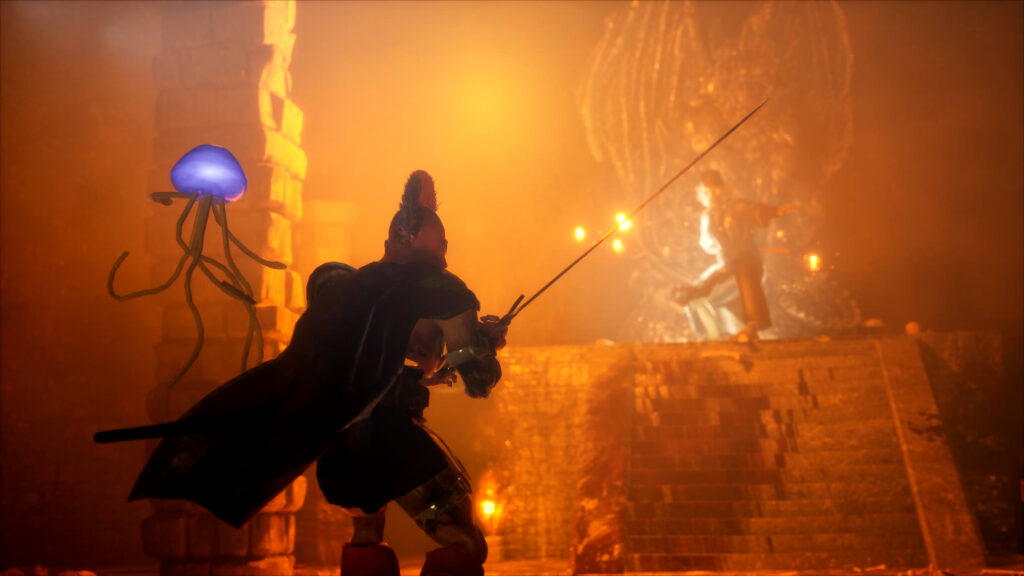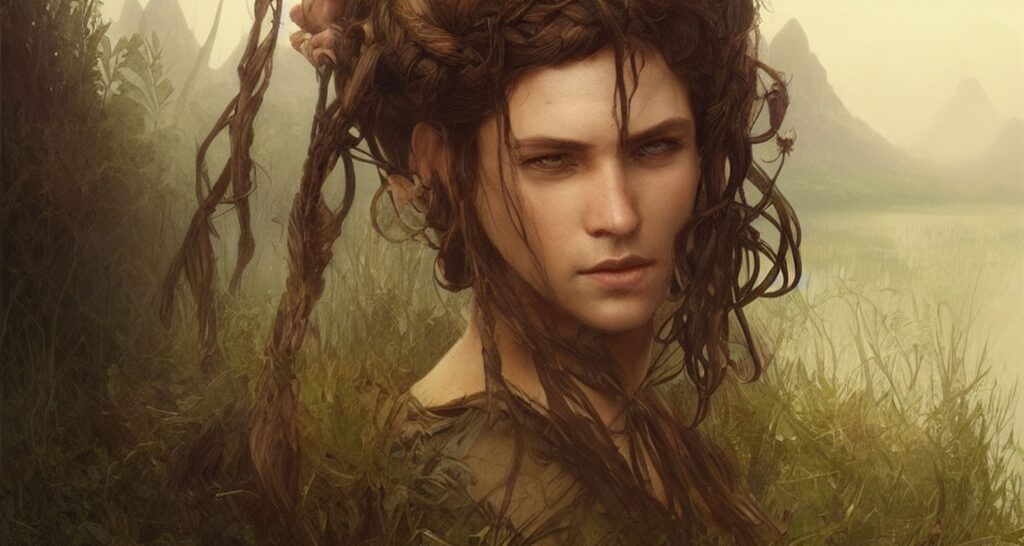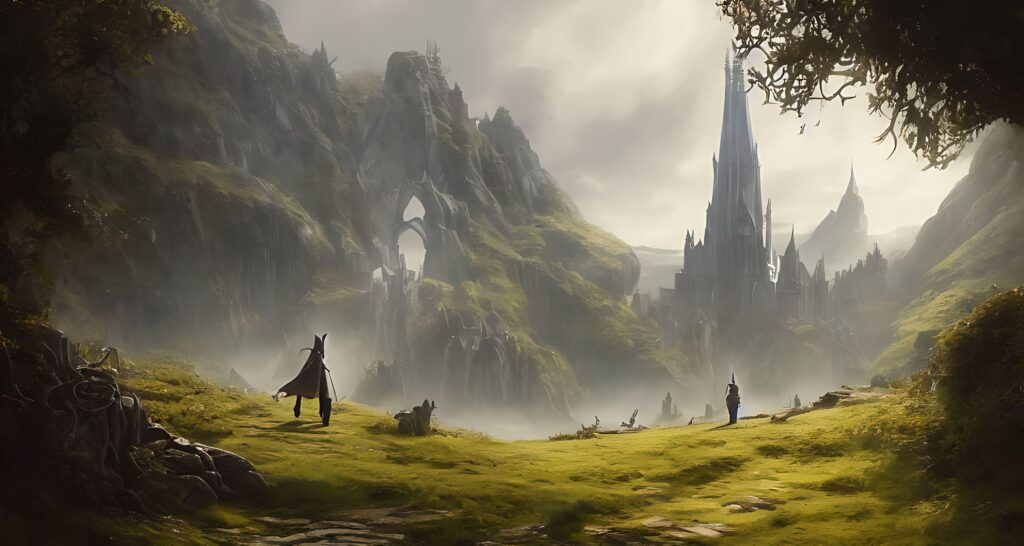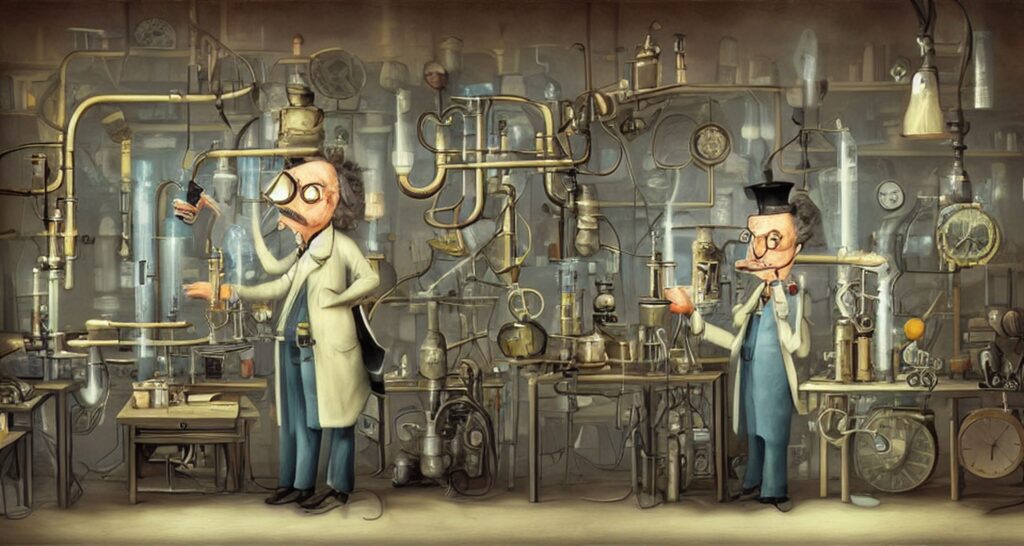
In recent years, a number of popular fantasy works have appeared in movies, TV series, and video games. Many of these works feature knights as the main characters. The word “knight” conjures up images of armor-clad warriors on horseback, but in fact, knights are more than just highly skilled fighters. In fact, knights belonged to a complex social hierarchy and had specific ranks and roles within that organization. Below we will look at the ranks and organizational structure of knights that often appear in fantasy works.
The different classes of knights in fantasy works
In fantasy works, the ranks of knights can vary widely depending on the story and worldview. Generally speaking, several ranks appear regularly, such as squire, knight-errant, paladin, and cavalier. Squires are volunteers who aspire to become knights, often passing several examinations to demonstrate their knowledge and strength. Knight-elants, also known as “knights of the road,” must prove their worth by completing a variety of tasks. Paladins are sworn to serve a particular noble or ruler and usually have special abilities that set them apart from other knights. Cavaliers, on the other hand, are experts in mounted combat and wear heavy armor for protection. Each of these four ranks signifies loyalty and honor and is an important part of the code of good knighthood, no matter what fiction they appear in. Understanding how each rank is positioned in fantasy allows the reader to appreciate the details that make each world unique.

2. Organizational Structure of the Order of the Knights
The Order of the Knights was a medieval order of knights with its roots in the 10th century. The Order consisted of a tightly organized group of noblemen whose primary mission was to fight for sacred causes and protect pilgrims. At its peak, the Order consisted of more than 20,000 knights, whose members came from all over Europe. The knights had a multi-tiered hierarchical structure that allowed them to easily manage large numbers of knights and deploy them on expeditions and crusades to distant lands. All knights belonged to one of four regional branches. England, France, Spain, and Italy. The other divisions were composed of various officers and dignitaries. The Grand Master was in charge of military strategy, while the Holy Land Master was in charge of matters pertaining to the war in Palestine. These men were accompanied by squires and servants who assisted them with practical tasks such as cooking, cleaning, and maintenance at the encampments during the expedition. With this organizational structure, the knights were effective in protecting pilgrims throughout Europe until the 15th century, when they began to lose their power due to the rise of secular lords in many areas.
3. Weapons used by knights
In medieval Europe, knights were the most feared warriors for their valor and weapons. The knight’s primary weapon was the sword, which he used to slash and stab his enemies. The type of sword varied from long swords, short swords, and one-handed swords, depending on the mission and the battle situation. In addition to swords, lances for jousting and axes for close combat were also frequently carried. In addition, many knights used maces and flails to break through locked armor and shields. In addition to these weapons, shields were used to protect against enemy attacks, and shields were sometimes decorated with the crest of the noble family to which the knight belonged. In order to survive on the battlefield, medieval knights had to be proficient with these weapons, and without their knowledge and skill, they could not survive the onslaught of the enemy. So it is no wonder that they terrorized Europe in the Middle Ages.
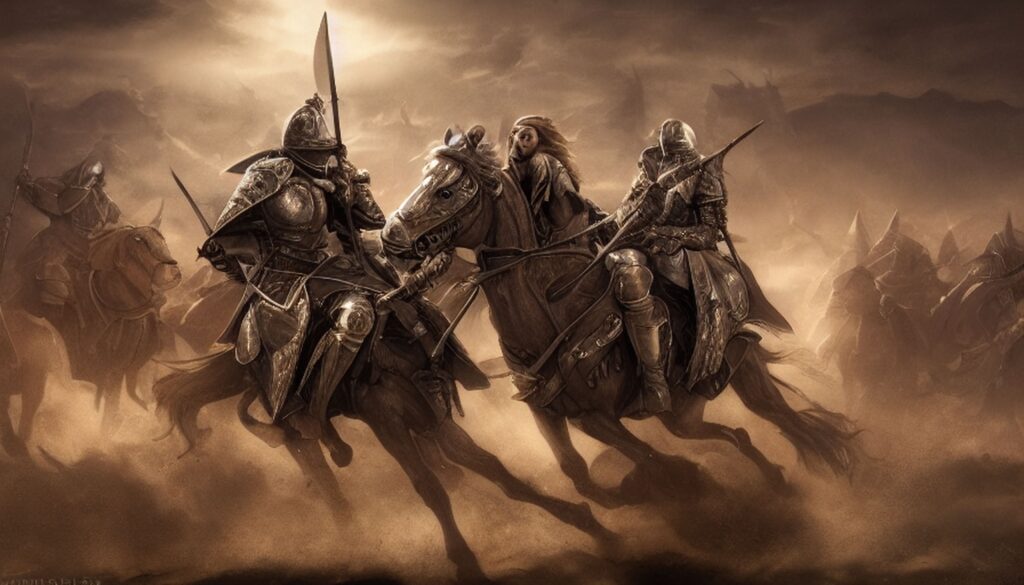
4. Examples of Knights in Fantasy Works
In fantasy literature, knights appear repeatedly as symbols of chivalry and courage. For example, in “Sir Gawain and the Green Knight,” the story of a knight in the Arthurian era who travels to accomplish a task given to him by a mysterious figure, knights appear in classic works. In modern works, knights often take the form of heroes sent on adventures or to defend kingdoms; J.R.R. Tolkien’s “The Lord of the Rings” is perhaps one of the most iconic series depicting knights tested in battle against the forces of evil, with human warriors such as hobbits, elves, and Aragorn as companions. A more humorous example is “Monty Python and the Holy Grail,” in which five inept adventurers come together to find the legendary Holy Grail, jousting with numerous enemies in the process. In Neil Gaiman’s Stardust, Tristan Thorne embarks on a journey to find the stars and eventually meets seven brave knights who protect Ivaine from a diabolical king. All of these examples illustrate different aspects of what it means to be a knight, from heroic courage to clumsy buffoonery. Whether they succeed or fail, one thing is certain: when given an insurmountable challenge, knights never escape danger.
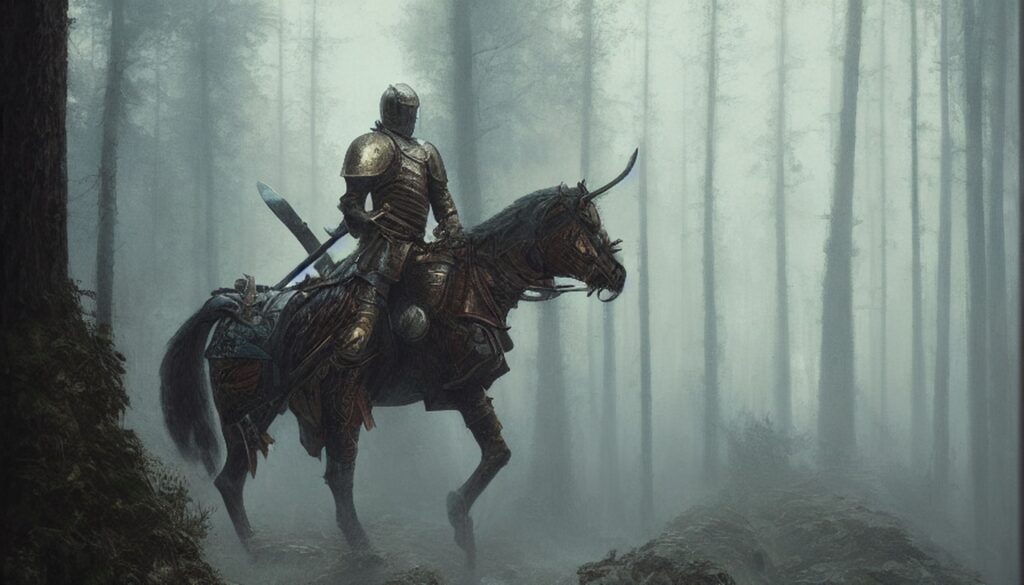
5. The Most Powerful Order in History
Throughout history, there have been many powerful orders that have sought to dominate the world and increase their influence. The Knights Templar and the Hashashin are prime examples. But there is one most powerful order that is often overlooked. It is the Knights of St. John. Founded in 1070 A.D., this order still exists today and continues to have great influence throughout the world. Its mission has changed slightly over the centuries, but its primary purpose remains the same: to serve God through service to humanity. It has grown to include three separate divisions: a military division to protect pilgrims to Jerusalem, a hospitality division to provide medical assistance in times of need, and a spiritual division to provide spiritual care and guidance. In addition to these divisions, there are several other divisions that provide grants for education, housing assistance, disaster relief, and other charitable activities throughout Europe. Today, the Knights of St. John’s seeks to continue its legacy of service in the Christian world and to be an agent of positive change in the world while setting a powerful yet humble example of living by faith.
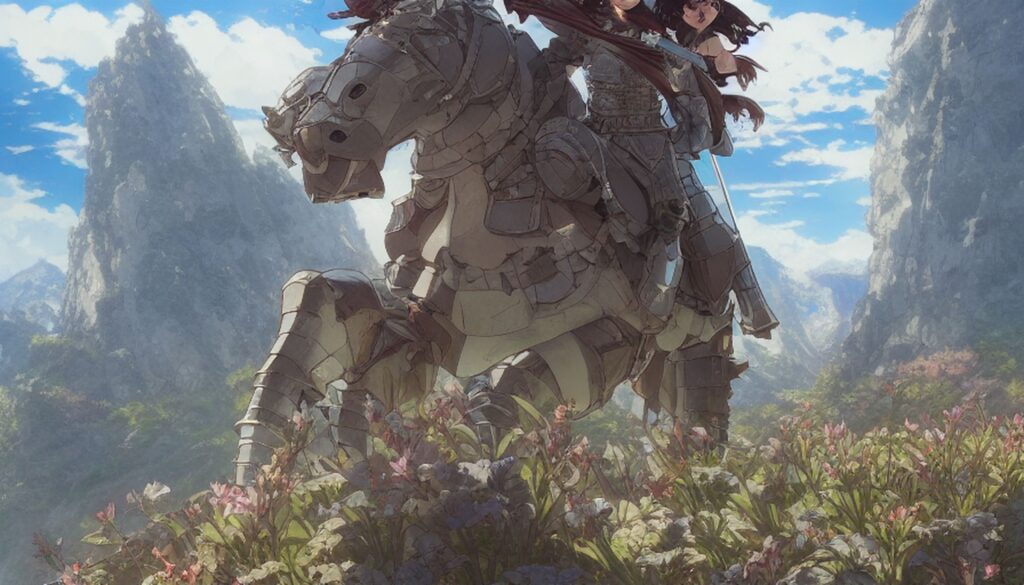
In conclusion
knights come from a variety of professions, belong to a variety of organizations, and have varying degrees of power. Although they use different weapons and fight for different purposes, their purpose is ultimately the same: to protect those who are unable to protect themselves. Whether it is a small village or an entire kingdom, the knight is always ready to answer the call of duty.

